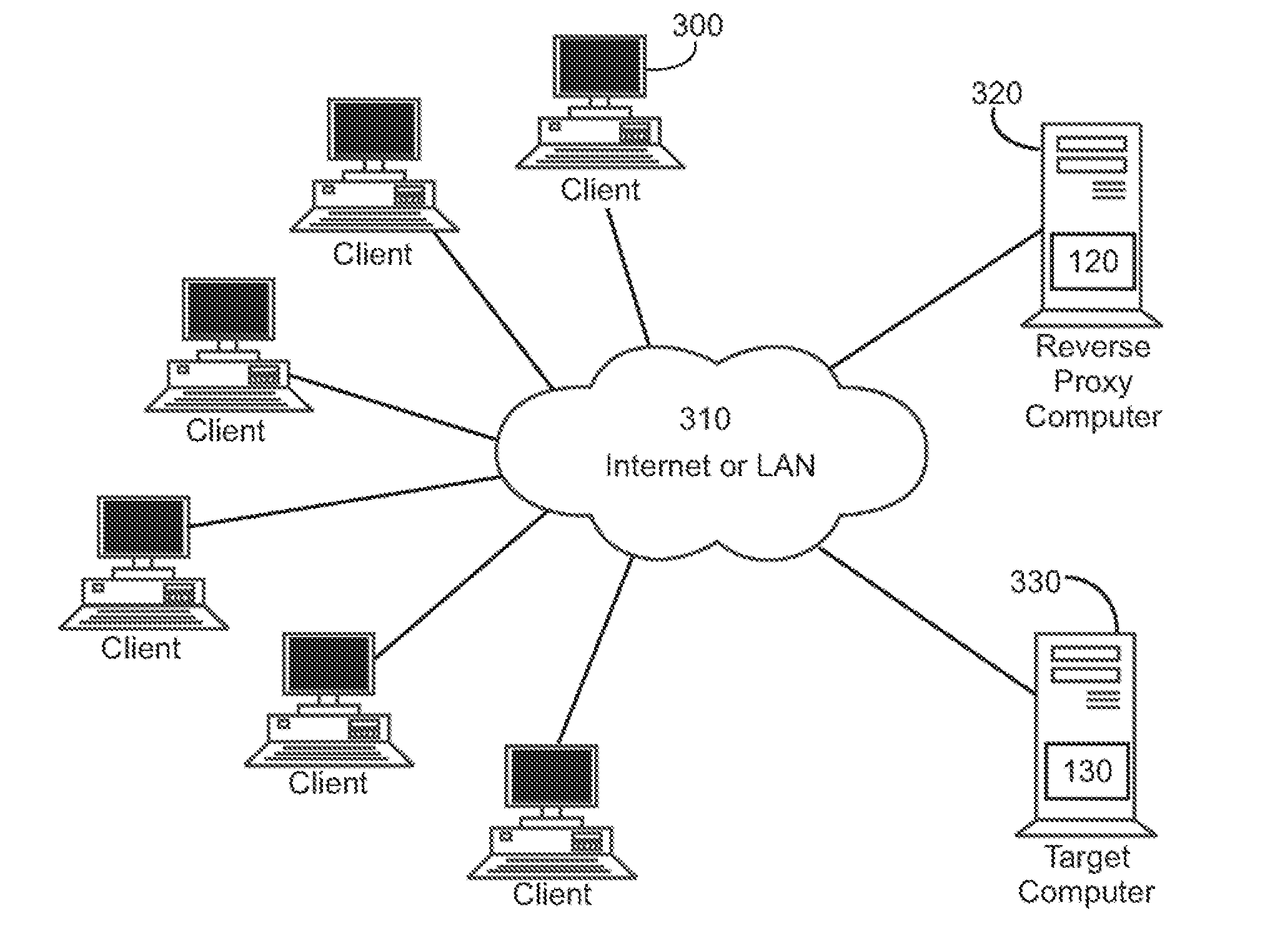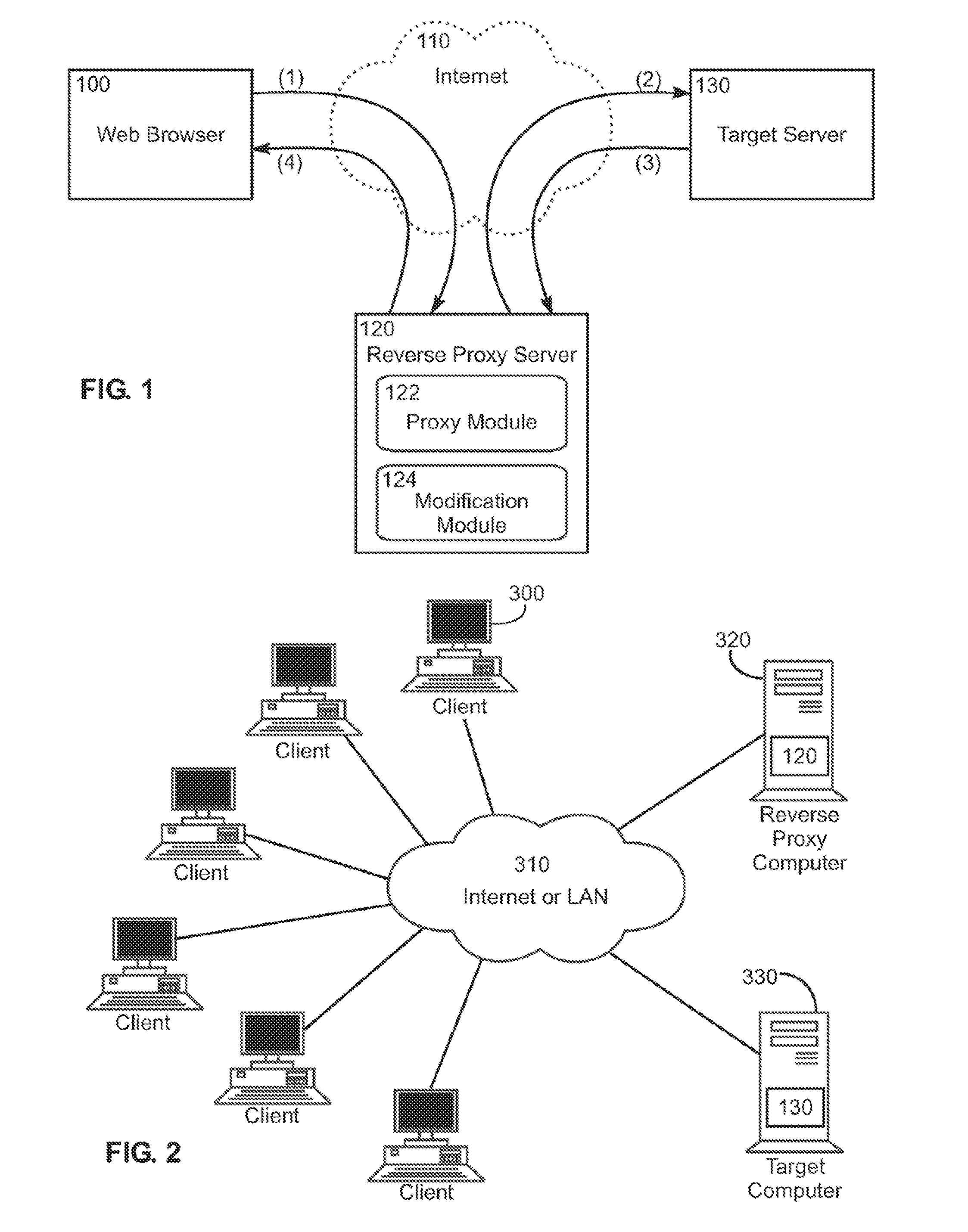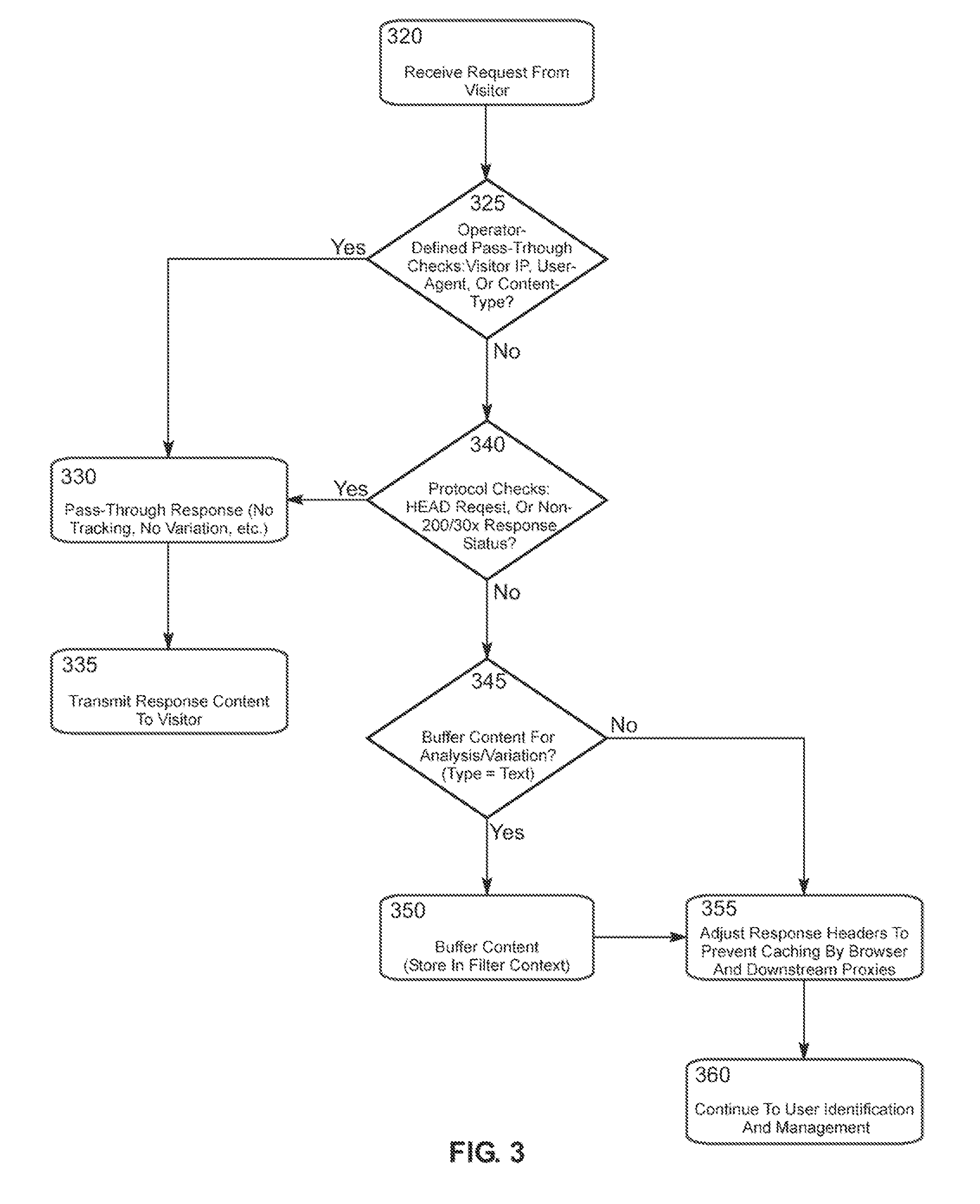Method and system for testing variations of website content
a technology for website content and testing, applied in the field of conversion marketing, website testing, web analytics, etc., can solve the problems of slow overall page load time, content that the user sees cannot be recorded for auditing or analysis purposes, and the model cannot track or modify non-html content, etc., to save time and effort, save time and cost, and increase response rate
- Summary
- Abstract
- Description
- Claims
- Application Information
AI Technical Summary
Benefits of technology
Problems solved by technology
Method used
Image
Examples
Embodiment Construction
[0083]Operation
[0084]In the following detailed description of the invention, reference is made to the accompanying drawings which form a part hereof, and in which are shown, by way of illustration, specific embodiments in which the invention may be practiced. It is to be understood that other embodiments may be used, and structural changes may be made without departing from the scope of the present invention.
[0085]FIG. 1 is an overall system diagram showing the reverse proxy server model. The model begins after a web page request originates (1) from web browser 100. Instead of sending the request directly to target server 130 (that is the address where a request is originally targeted, or the intended web server of a given request), the request is sent to reverse proxy server 120, over Internet 110, or over some other network. Reverse proxy server 120 includes a proxy module 122 for handling all proxy-related tasks and a modification module 124 for modifying content, tracking visito...
PUM
 Login to View More
Login to View More Abstract
Description
Claims
Application Information
 Login to View More
Login to View More - R&D
- Intellectual Property
- Life Sciences
- Materials
- Tech Scout
- Unparalleled Data Quality
- Higher Quality Content
- 60% Fewer Hallucinations
Browse by: Latest US Patents, China's latest patents, Technical Efficacy Thesaurus, Application Domain, Technology Topic, Popular Technical Reports.
© 2025 PatSnap. All rights reserved.Legal|Privacy policy|Modern Slavery Act Transparency Statement|Sitemap|About US| Contact US: help@patsnap.com



